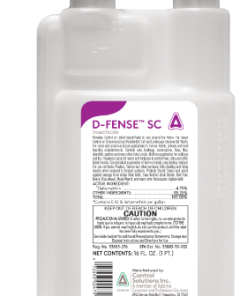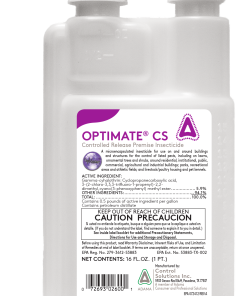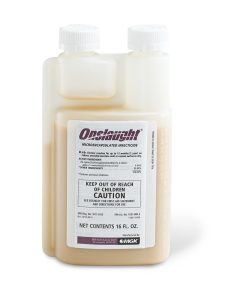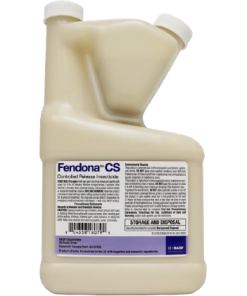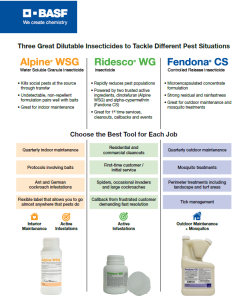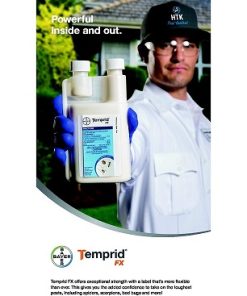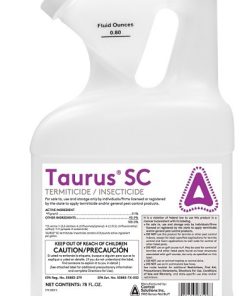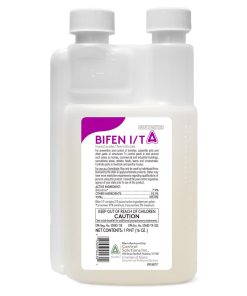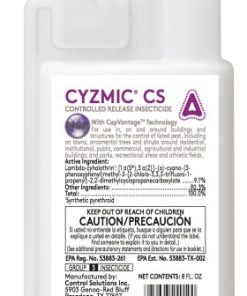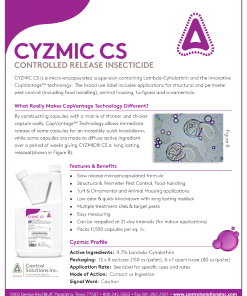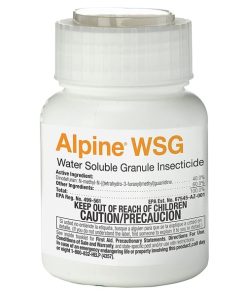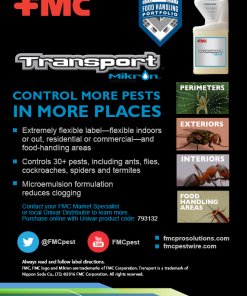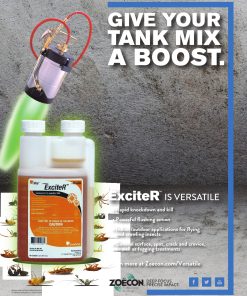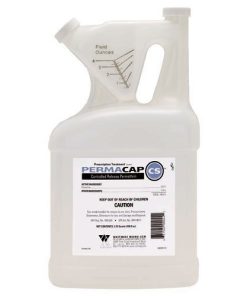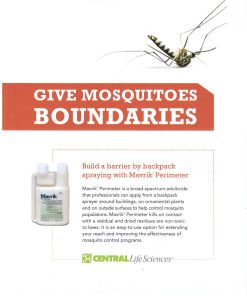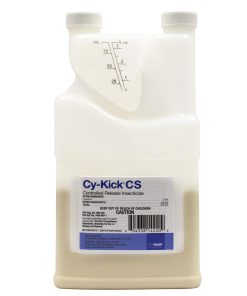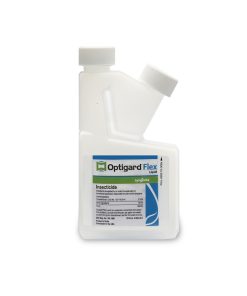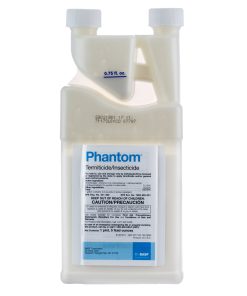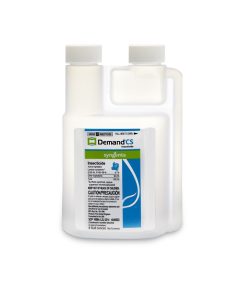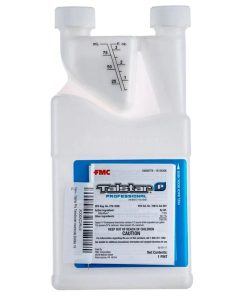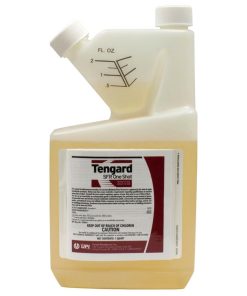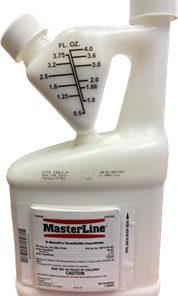controlling bag worms
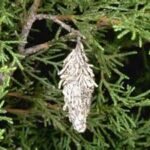
Bagworm caterpillars make distinctive 1.5 to 2 inch long spindle-shaped bags that can be seen hanging from twigs of a variety of trees and shrubs. Sometimes the bags are mistaken for pine cones or other plant structures.
Bagworms prefer juniper, arborvitae, spruce, pine, and cedar but also attack deciduous trees. Female moths cannot fly but the larvae can disperse. Very small caterpillars can spin strands of silk and be carried by wind, an activity called “ballooning”. Larger larvae may crawl to adjacent plants.
Bagworms pass the winter as eggs (300 or more) inside bags that served as cocoons for last year’s females. The eggs hatch in mid- to late April or May in most moderate temperate zones and the tiny larvae crawl out to feed. Each uses silk and bits of plant material to make a small bag that protects and camouflages it as during feeding and growth.
If only a few small trees or shrubs are infested, handpicking and destroying attached bags may provide satisfactory control. This must be done effective during fall, winter or early spring before the eggs hatch.
When many small bagworms are present and feeding, an insecticide may be needed to prevent serious damage. The best time to apply an insecticide is while the larvae are still small (less than 1/2-inch long), usually in mid to late Spring. Small larvae are more vulnerable to insecticides, and feeding damage is relatively minor.
Carefully inspect susceptible landscape plants. Young bagworms are hard to see at first; look closely for the small, upright bags which have the appearance of tiny ice cream cones made of bits of plant material.
Go with a professional residual insecticide such as Tempo, Talstar or Suspend SC. These odorless concentrates are mixed with water and applied with a pump sprayer. These are great products to use when you have large areas to treat and need something which works well so you don’t have to constantly retreat with something like an insecticidal soap. Use these products outside of the home on just about any plant or tree as well as around the home for general pest control. When using insecticides, take steps to minimize exposure to bees and other insect pollinators when they are foraging on pollinator attractive plants around the application site.
Insecticide Concentrates
– These concentrates are mixed with water and used in a compressed hand held sprayer to make your application.
Spray Concentrates
Spray Concentrates
Spray Concentrates
Spray Concentrates
Spray Concentrates
Spray Concentrates
Spray Concentrates
Spray Concentrates
Cyzmic CS Micro encapsulated insecticide 8 oz. (Same as Demand CS)
Spray Concentrates
Spray Concentrates
Spray Concentrates
Spray Concentrates
Spray Concentrates
Spray Concentrates
Spray Concentrates
Spray Concentrates
Spray Concentrates
Spray Concentrates
Spray Concentrates
Spray Concentrates
Spray Concentrates
Spray Concentrates
Spray Concentrates
Spray Concentrates

